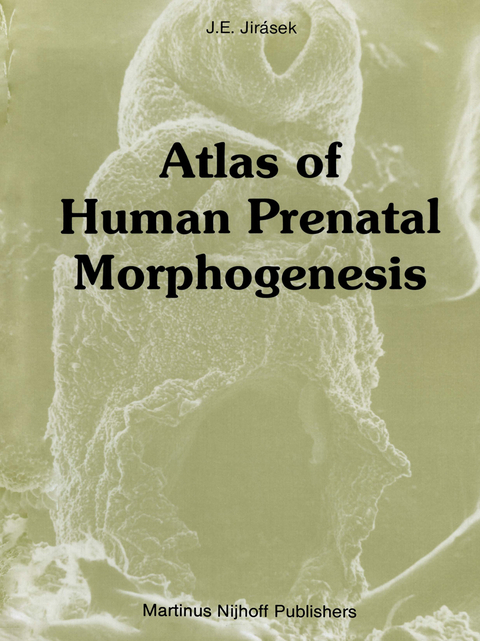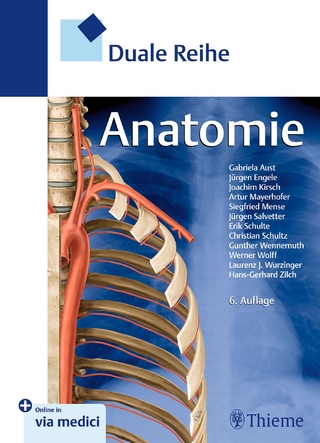
Atlas of Human Prenatal Morphogenesis
Springer (Verlag)
978-94-009-6698-7 (ISBN)
A little picture is worth a million words. Chinese proverb Prenatal human development is an extremely complicated process related to genetics, biochemistry, anatomy, and physiology. There are no developmental changes, either chemical or morphologic, without simultaneous changes in molecular organization. The astonishing buildup ofbiostructures always precedes their proper function. The development of an embryo is genetically coded and is based on interactions related to the selective switching on and off of genes. Interactions are cell-to-cell mediated, mediated by extracellular fluids, or mediated by special pathways. Every substance involved in developmental is to be recognized by its target. interactions, before triggering a metabolic or a morphogenic event, Complex physical and immunologic recognitions are involved in the process of differentiation. Small pieces of evidence are collected to create a mosaic picture elucidating the development. This picture is fascinating and represents the biggest biological puzzle: the puzzle of development. There is no doubt that analysis of human prenatal development is a basis for understanding normal and pathologic relationships between structure and function. Today, there are approximately 2000 different inborn congenital anomalies and syndromes. This book attempts to present a complete realistic account of human morphogenesis, the differentiation of structures, using direct photographs of normal specimens obtained from legal medical abortions of unwanted pregnancies. Emphasis has been placed on contemporary techniques: histochemistry and scanning electron microscopy. The text is as simple as possible; meticulous detailed anatomic descriptions have been omitted.
Material and methods.- 1. External Form of the Embryo and Developmental Stages.- Stages of human development.- 2. Placenta and Placental Membranes.- The trophoblast of the blastocyst, the trophoblastic shell, and the chorion.- The placenta.- The umbilical cord.- 3. Germ Layers.- 4. Mesenchymal and Mesodermal Organs.- The development of the mesenchyme.- The notochord.- The skeleton.- The joints and bands.- The cross-striated musculature.- The cardiovascular organs and hematopoesis.- The genital organs.- The adrenals.- 5. Organs with Endodermal Components.- The digestive organs.- The respiratory organs.- The coelem and the mesenteries.- 6. Organs with Ectodermal Components.- The skin and epidermal derivatives.- The neuroectodermal organs.- The sense organs.- 7. Orofacial Development.- The face, nose and palate.- The teeth.- The hypophysis.- Color plates.
| Zusatzinfo | 168 p. |
|---|---|
| Verlagsort | Dordrecht |
| Sprache | englisch |
| Maße | 210 x 280 mm |
| Themenwelt | Sachbuch/Ratgeber ► Natur / Technik ► Garten |
| Medizin / Pharmazie ► Medizinische Fachgebiete ► Gynäkologie / Geburtshilfe | |
| Studium ► 1. Studienabschnitt (Vorklinik) ► Anatomie / Neuroanatomie | |
| ISBN-10 | 94-009-6698-9 / 9400966989 |
| ISBN-13 | 978-94-009-6698-7 / 9789400966987 |
| Zustand | Neuware |
| Informationen gemäß Produktsicherheitsverordnung (GPSR) | |
| Haben Sie eine Frage zum Produkt? |
aus dem Bereich


